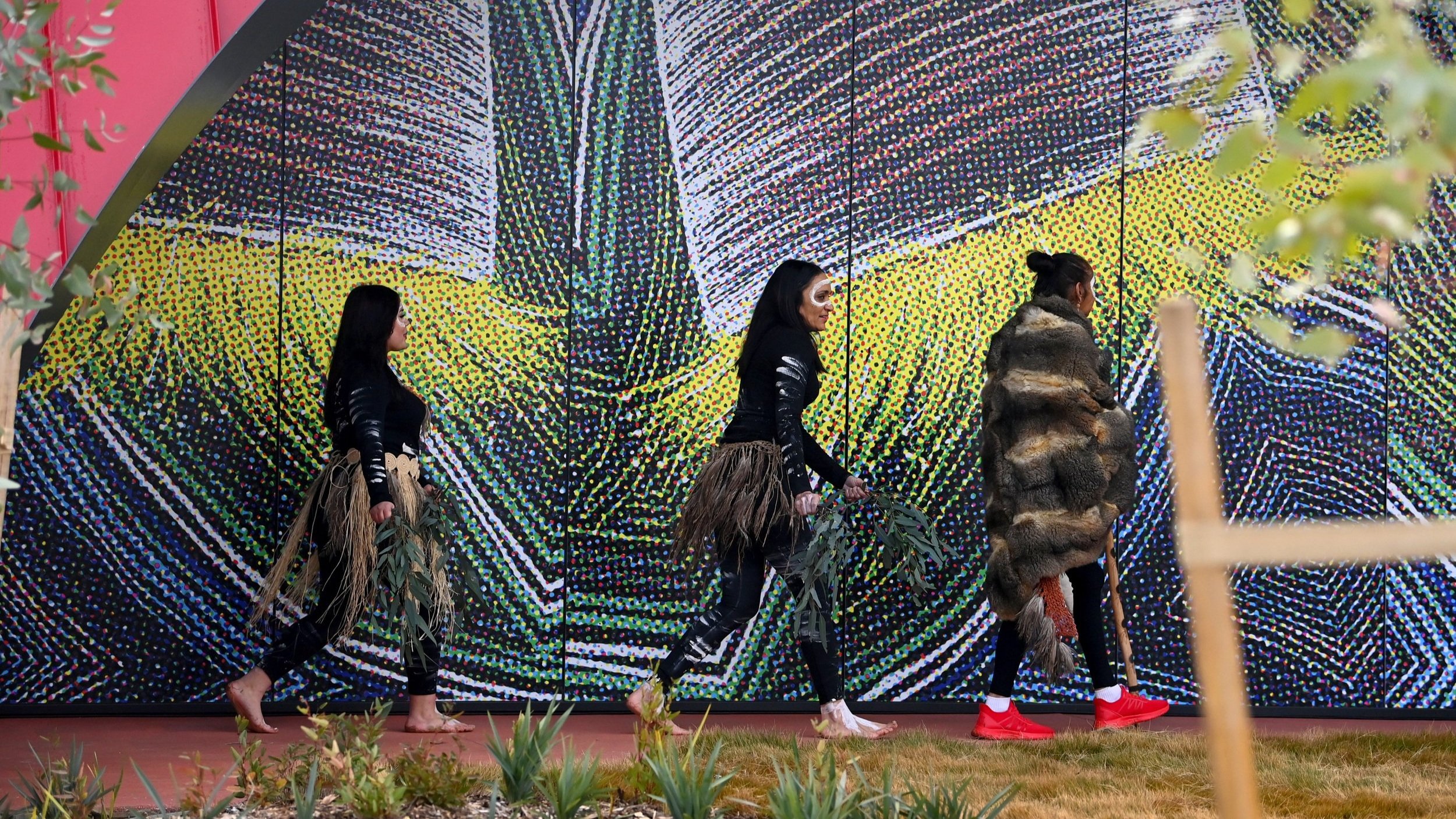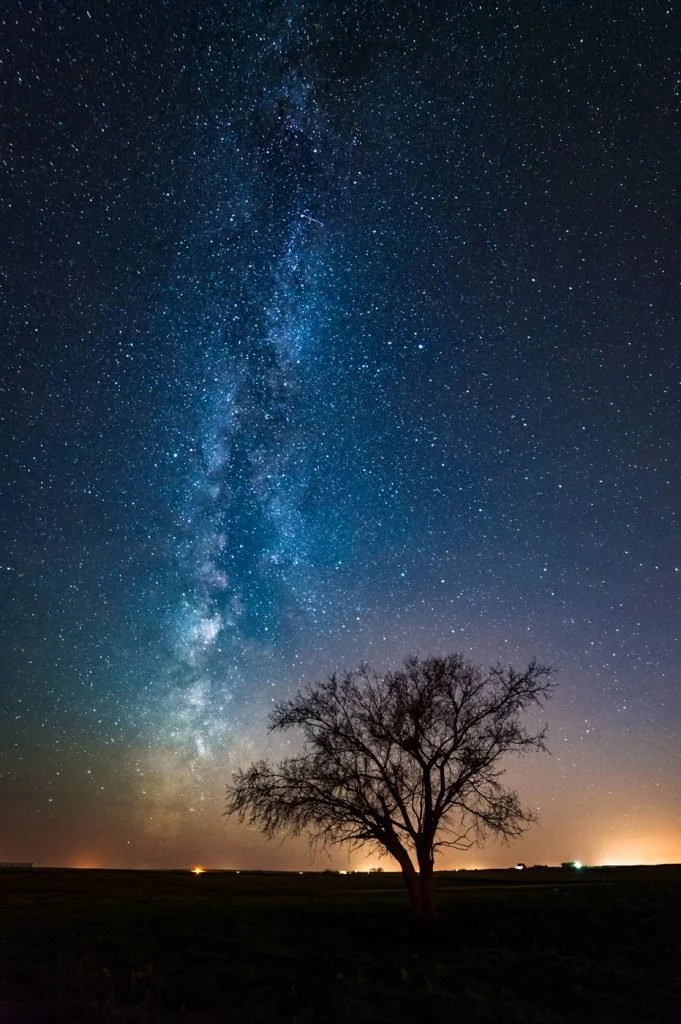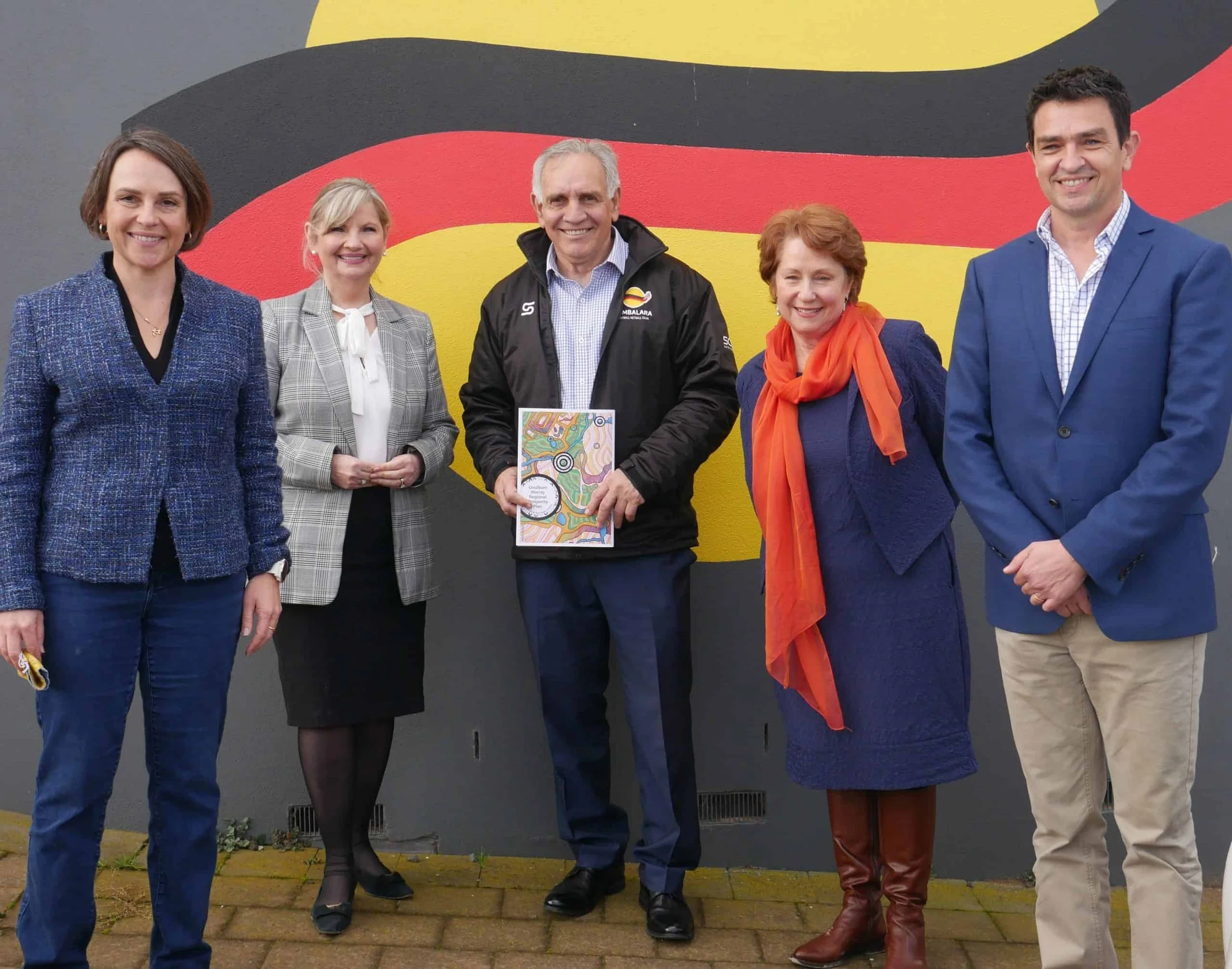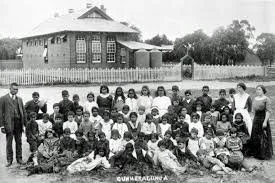
Our Story
For us, history is not just a matter for books and archives; it is a living, oral tradition, connecting us to the past and sustaining our sense of who we are
-

Chapter One
Yorta Yorta People
The Yorta Yorta people occupy a unique stretch of forest-wetlands that are located in what is now known as the central Murray – Goulburn region. Our lifestyle and culture were based on hunting, fishing and collecting food from the variety of food sources provided by the ancestral lands.
Being river based people however, most of our time was occupied by fishing, as the majority of food that was provided came from the rich network of rivers, lagoons, creeks, and wetlands which are still regarded as the life source and the spirit of the Yorta Yorta Nation. The now-irregular floods that occur in this region are regarded by Yorta Yorta people as necessary for the replenishment of the natural food sources and for the survival of the forest-wetlands for the enjoyment of future generations. The survival of the ancestral lands is equally important for the continuity of Yorta Yorta peoples timeless connections with what they believe is theirs by inherent right and with what they continue to assert is something that ‘always was and always will be Yorta Yorta land’ — nothing will ever change that reality for the Yorta Yorta.
-

Chapter Two
European Invasion
The arrival of European settlers to the Dungala (Murray) region in the 1840s devastated the indigenous population.
The Yorta Yorta population of some 5-6,000 was reduced by 85 per cent. All indications at that time, particularly when viewed against the extent of destruction, is that we would eventually be wiped out as a distinct cultural group.
From 1888, many of the Yorta Yorta people ended up at the Cummeragunja Mission on the banks of the Dungala River.
-
Chapter Three
The Scholars’ Hut
The Australian Aborigines League, the first effective political justice force, had all its most famous members intellectually shaped by one man. Thomas James was vital, not just to the story of Cummeragunja but to the Indigenous justice movement of the entire nation.
Thomas James was a Mauritian teacher who married into a famous Indigenous family, the Cooper family. He ran a schoolhouse in the mission known as the ‘Scholars’ Hut’, teaching the children during the day and the men at night. He became an educator to essentially three generations of people, including those who played a major role in the fight for Aboriginal rights - including William Cooper, Margaret Tucker, Sir Doug Nicholls, Jack and George Patten, Bill and Eric Onus and his own son Shadrach Livingstone James.
-

Chapter Four
Cummeragunja Walk-off
In 1939, after years living, according to one resident, under threat of ‘the bullet the baton and the boot’ roughly 200 residents left the mission in protest over living conditions. The Cummeragunja Walk-off was the first collective strike of its kind and a milestone in the Aboriginal struggle for rights.
Many of those who had left Cummera regrouped in a makeshift village known as The Flats on the Kaiela (Goulburn) River near Mooroopna. Football continued to play a big part in the community at the flats and, in 1946, they again fielded a team. In their first year, the ‘All Blacks’ won the Grand Final of the Central Goulburn Valley League’s second division. They were expelled from the league the following year.
-

Chapter Five
The Invincible Spirit
1950s to 1980’s the community at the Flats was displaced again but a new generation of players kept the game alive. The Rumbalara (meaning ‘the end of the rainbow’) Football Netball Club (RFNC) was established and they played matches wherever they could. The club spent many years applying for inclusion in several of the local leagues without success.
In 1994, still awaiting acceptance, the club began building an oval and clubrooms in North Shepparton. When the Goulburn Valley Football League was restructured in 1997, RFNC was invited to join.
In Yorta Yorta country we call this ‘the invincible spirit’ after the great, undefeated Aboriginal sporting teams from 1898 through to the 1940s and now RFNC, it was not just about winning, it was about spirit and fairness and love in the face of hatred and prejudice. It was about lifting everyone up - winners and losers.
-

Chapter Six
We Plan For Our Future
Twenty years ago, the University of Melbourne in partnership with the Rumbalara Football Netball Club established the Academy of Sport, Health and Education (ASHE), delivering education to both indigenous and non-indigenous young people with great success.
As an example of its success, of the 338 students who attended ASHE between 2020 and 2023, 123 of those students went onto further study, and 82 went into employment. These outcomes are above regional and state averages for students in lower socio-economic circumstances. The ASHE model of education is wholistic and culturally immersed, with wraparound support from dedicated staff who deliver it.
The Goulburn-Murray Regional Prosperity Plan was developed in 2021. The plan will generate mutual prosperity of $150m GRP per annum by 2036 for the Goulburn Murray region through the inclusion, prosperity and shared value of First Nations people.
This is an important turning point for our region. Where we have previously been held back by the historical legacies of dispossession and colonisation, we are building a shared sense of purpose and optimism. Together, we are committed to ‘Closing the Gap’ on economic participation, life expectancy, and quality of life.
-

Chapter Seven
Munarra Is Born
As part of the Regional Prosperity Plan, the Munarra Centre for Regional Excellence opens its doors in August 2024.
The first stage of construction brings the ASHE education campus to life. Upgrades to the Rumbalara Football Netball Club are also included.
The building design – from the building to the landscape – has all been planned by the community. Community engagement involved talking to over 1000 people over 12 months. The build design includes key aspects of art, culture and landscape from a broad range of Yorta Yorta country – from the Warby Ranges with the rocks to the Barmah Forest with the wetlands. It showcases Yorta Yorta culture and people to the region, to the nation and internationally.
-

Chapter Eight
The Future
There are plans in the future to increase the footprint and have student accommodation and childcare and develop a centre for sports excellence to work with the young people.
To have the facilities that can attract people from around the globe. To attract elite sporting competitions here. And for us to be able to impact on the 2032 Olympic Games.
Now whether people can actually get onto the track and field or onto the competition but that can go in Aboriginal businesses, they can go into all sorts of forums, and hopefully that’s what the Munnara Centre will be able to generate, the enthusiasm, the aspiration, the optimism that we can achieve this.

